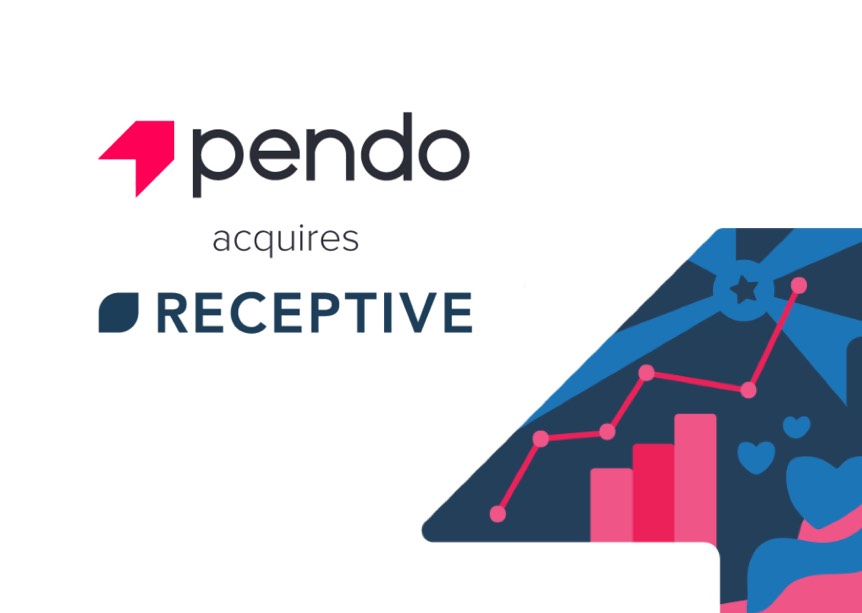We landed a whale of a customer. The whale had 100x the number products, 10x transaction volume, used 10x the CPU, and 10x database queries. They had more volume than the rest of our customers put together. Their ecommerce integration was hammering our servers all day long.
A war story from a previous SaaS business I founded.

Alarms were going off and customers were complaining about the app being sluggish.
We weren’t charging whale money. This customer was getting more value out of our SaaS product than anyone else, and paying about 4x the average revenues. Our pricing was all wrong. Still we were excited and wanted to learn from the opportunity.
Warning sign ignored #1: one customer was using more resources and getting a shit-load more value out of the system than everyone else
We could handle it though, this wasn’t our first rodeo. We built this thing to scale, right? We threw more cash at AWS. The devs made the platform scale by fixing some bottlenecks and rewriting queries.
The alarms stopped going off and the app was back to its normal speed.
Then the feature requests started coming in. Pages of Word docs, well written, prioritised, justifying the business case for every feature request. Mostly features that this whale needed to run a core part of their fast scaling business and show their investors that they had the means to keep scaling so that they could close another round of funding.
We were charging $250/month. For a business-critical system. And focussing almost full-time on this one customer.
We spent weeks doing late nights, adding features, releasing them, getting feedback from the customer. Ignoring everyone else. Tools to organise their data, tools to automate manual processes. We scaled the shit out of it.
But the requests kept coming.
The CEO asked for a video conference, asked us how we planned to meet all his needs (yes, he was still paying $250 a month). We spelled out the options. Told him “you’re going to have to pay more if you want us to babysit your data problems and dedicate people to building features that only you need”. He didn’t like this. He didn’t want to pay more.
Warning sign ignored #2: people that don’t want you to make money on a deal are not in it for the long haul
A week later they cancelled, claiming they were going to build their own solution. We had pulled out every stop for this customer, and invested a ton or our own development time into helping his business grow, and he churned after 9 months. We’d burned cash we could have been using to build stuff to help everyone, and grow our own business. We fucked up.
Lessons learned
Not charging enough meant that we couldn’t provide the service that the whale wanted. Align your pricing with the value that the customer derives from your product.
We left it too late to have that conversation with the whale. By the time we did, we had done a lot of above-and-beyond customer service for the whale and they’d got used to a level of service that could never be justified based on their revenues.
Whales will help you scale your systems. Premature optimisation is the root of all evil, do it just in time when a big customer stresses your platform.
Our fear of losing a customer that didn’t actually have a big impact on revenues meant that we made irrational decisions on what features to build for months.
We thought if we could land this whale we would be able to catch more whales. But in fact we just got towed around by the whale for a while, our ship got smashed into some rocks, then Moby Dick got away. And, criminally, we’d built a load of features that most of our customers would never use.
Our product, Receptive, helps SaaS product teams to avoid making mistakes like these. Receptive helps you gather and understand feature requests from your customers, so you can make data-driven decisions on product and build the right product.



